
Morton National Park is located in New South Wales, Australia. It spans across the Southern Highlands, Shoalhaven, and South Coast regions of the state. The park is renowned for its stunning landscapes, including sandstone cliffs, waterfalls, deep gorges, and extensive forests. It's a popular destination for outdoor activities such as hiking, camping, and wildlife watching.

Morton National Park was established in 1938, making it one of the oldest national parks in New South Wales, Australia.
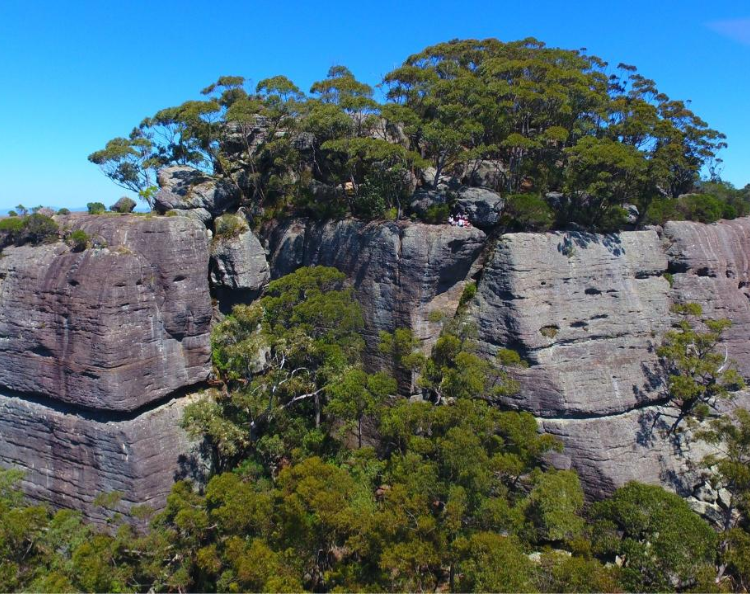
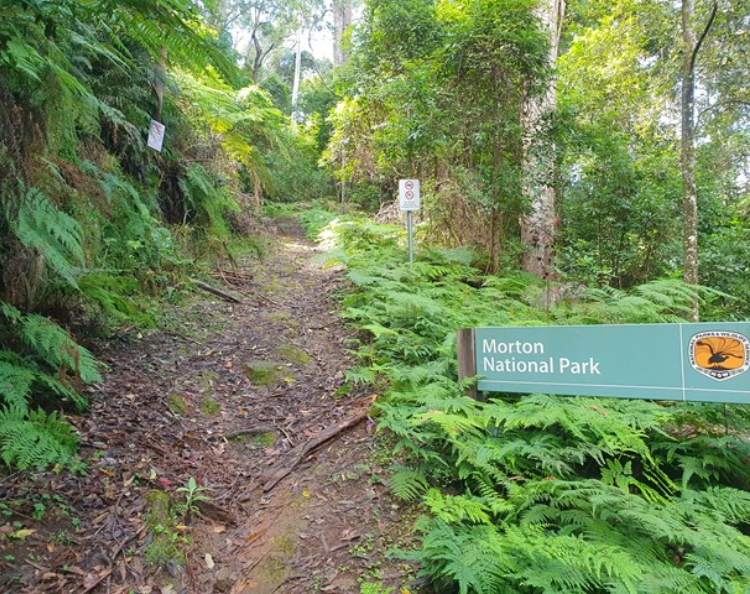
Morton National Park was not "invented" by any individual; rather, it was established through the efforts of various conservationists, government officials, and environmental advocates. The park's creation involved government initiatives, legislative processes, and community support to designate the area as a protected national park for conservation and recreation purposes.
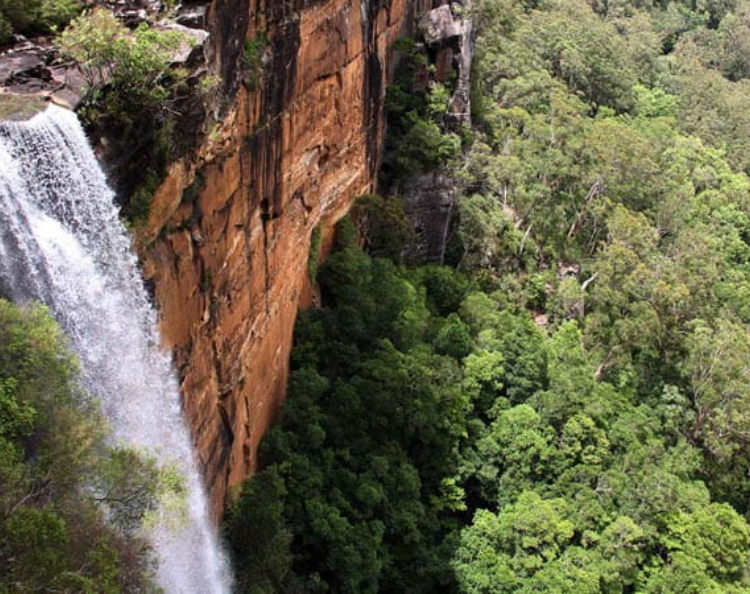
Morton National Park is named after Mark Morton, a colonial surgeon who was also a keen naturalist and explorer in the early 19th century. Morton accompanied the explorer Charles Throsby on expeditions into the area that now comprises the park. His contributions to the exploration and documentation of the region led to the park being named in his honor.

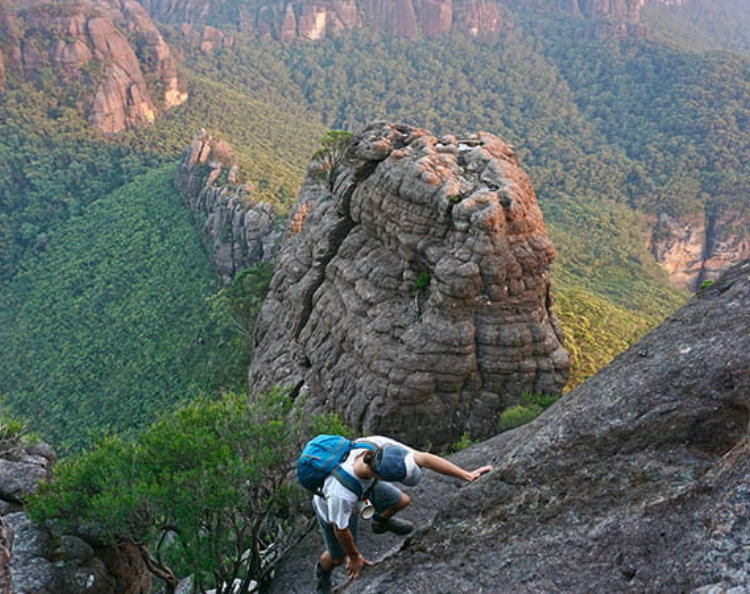


Morton National Park offers a diverse range of hiking trails, making it an excellent destination for hiking enthusiasts. Here are a few reasons why it's favored by hikers:
1. **Varied Terrain**: The park features diverse landscapes, including lush rainforests, rugged sandstone cliffs, cascading waterfalls, and expansive eucalypt forests. This variety provides hikers with a range of scenic environments to explore.
2. **Trail Options**: Morton National Park boasts an extensive network of hiking trails catering to different skill levels and preferences. Whether you're seeking a leisurely stroll or a challenging trek, there are trails suited to your needs.
3. **Abundant Wildlife**: The park is home to a rich diversity of flora and fauna, including numerous bird species, kangaroos, wallabies, and wombats. Hikers often encounter wildlife along the trails, enhancing the overall experience.
4. **Scenic Lookouts**: Many hiking trails in Morton National Park lead to breathtaking lookout points offering panoramic views of the surrounding landscape, including valleys, rivers, and cliffs. These scenic vistas provide rewarding destinations for hikers.
5. **Waterfalls and Creeks**: Several trails in the park lead to picturesque waterfalls and creeks where hikers can cool off, relax, or enjoy a refreshing swim. These natural features add to the allure of hiking in Morton National Park.
6. **Camping Facilities**: For those who wish to extend their hiking experience, the park offers camping facilities in beautiful natural settings. This allows hikers to immerse themselves fully in the park's wilderness.
Overall, Morton National Park's combination of stunning scenery, diverse trails, and abundant wildlife makes it an ideal destination for hiking lovers seeking adventure and exploration in nature.
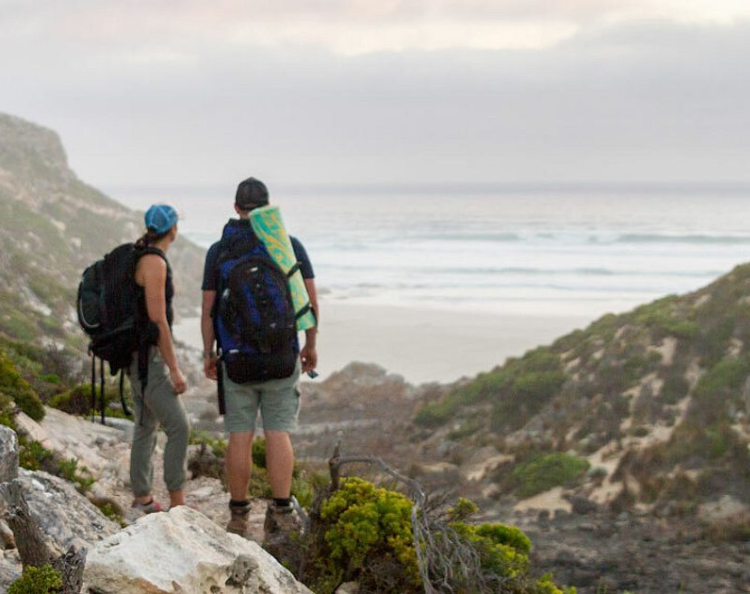

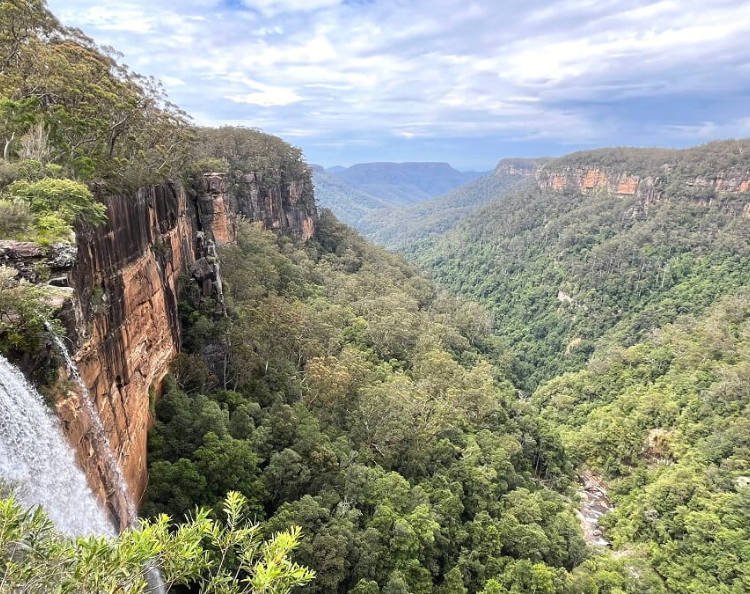
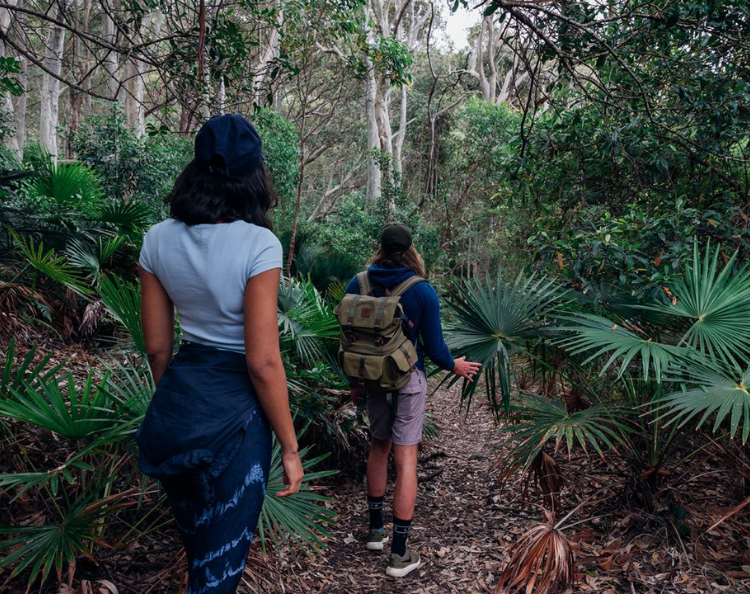
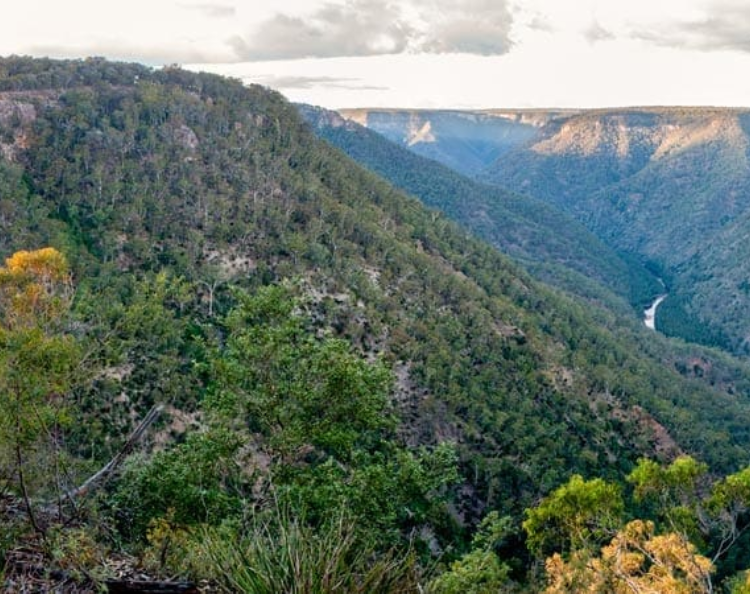
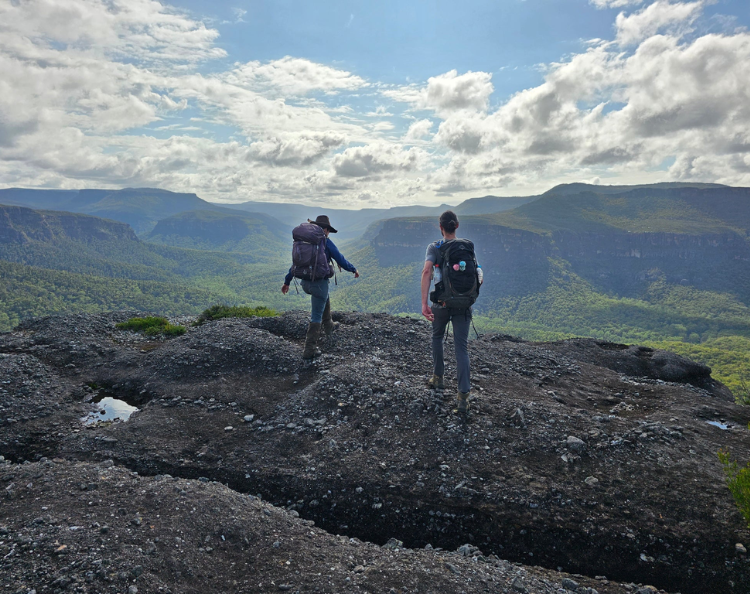
Yes, Morton National Park can be enjoyed for hiking throughout the year, but the best time to hike may depend on personal preferences and the specific trails you plan to explore. Here are some considerations for hiking in different seasons:
1. **Spring (September to November)**: Spring brings mild temperatures and blooming wildflowers, making it an excellent time to enjoy the park's lush scenery. However, some trails may be wetter due to increased rainfall.
2. **Summer (December to February)**: Summer offers warm temperatures, perfect for swimming in the park's creeks and waterholes. However, it can also be hot, so hikers should take precautions to stay hydrated and avoid hiking during the hottest part of the day.
3. **Autumn (March to May)**: Autumn brings cooler temperatures and colorful foliage, creating a picturesque backdrop for hiking. Trails may be less crowded during this time compared to the summer months.
4. **Winter (June to August)**: Winter in Morton National Park can be chilly, especially at higher elevations. However, clear skies and crisp air provide excellent conditions for hiking, and some trails offer views of snow-capped mountains in the distance.
Regardless of the season, it's essential to check weather forecasts and trail conditions before embarking on a hike, as weather conditions can vary widely within the park. Additionally, certain trails may be closed or inaccessible during periods of high rainfall or bushfire danger.